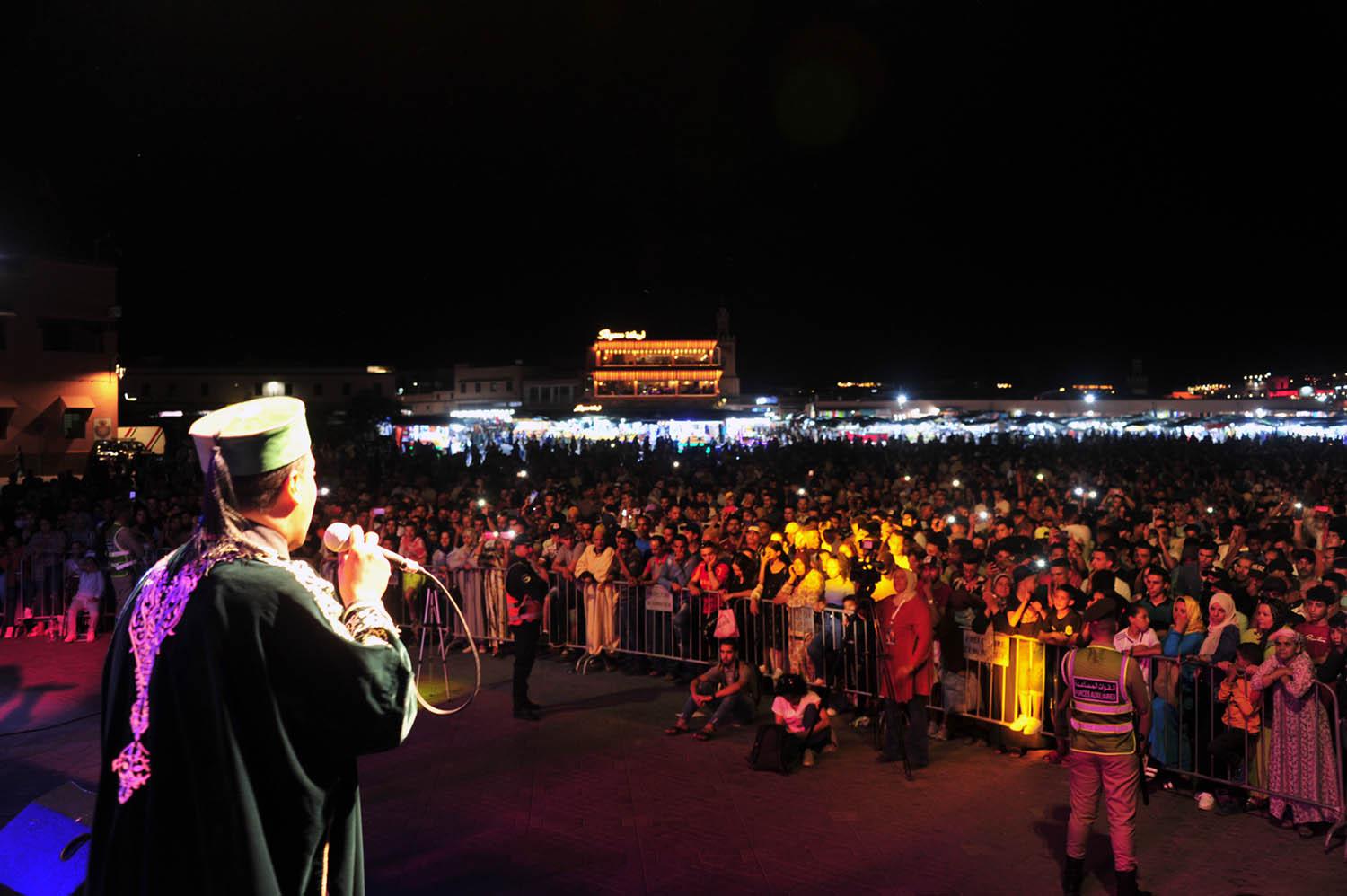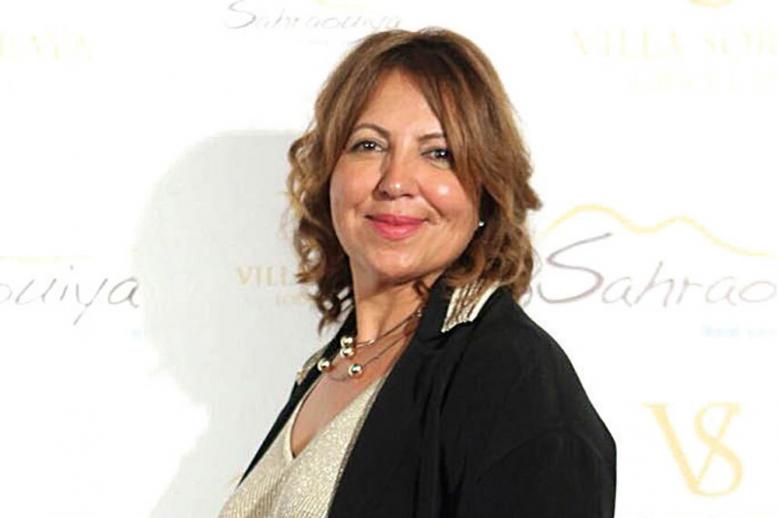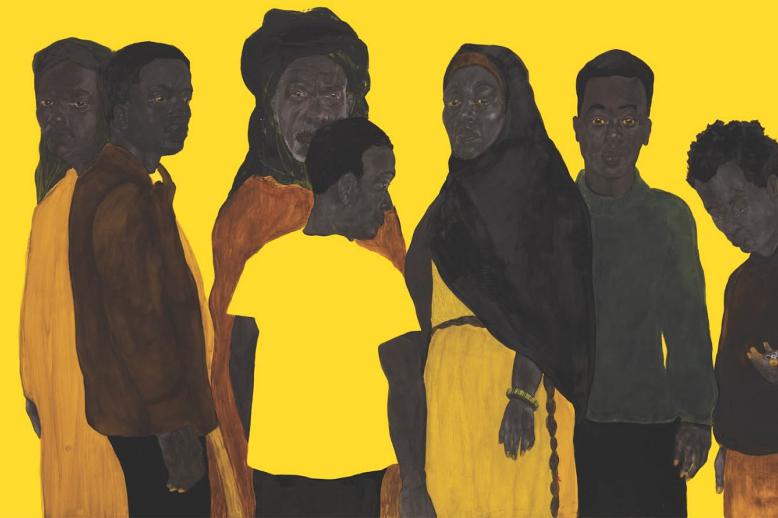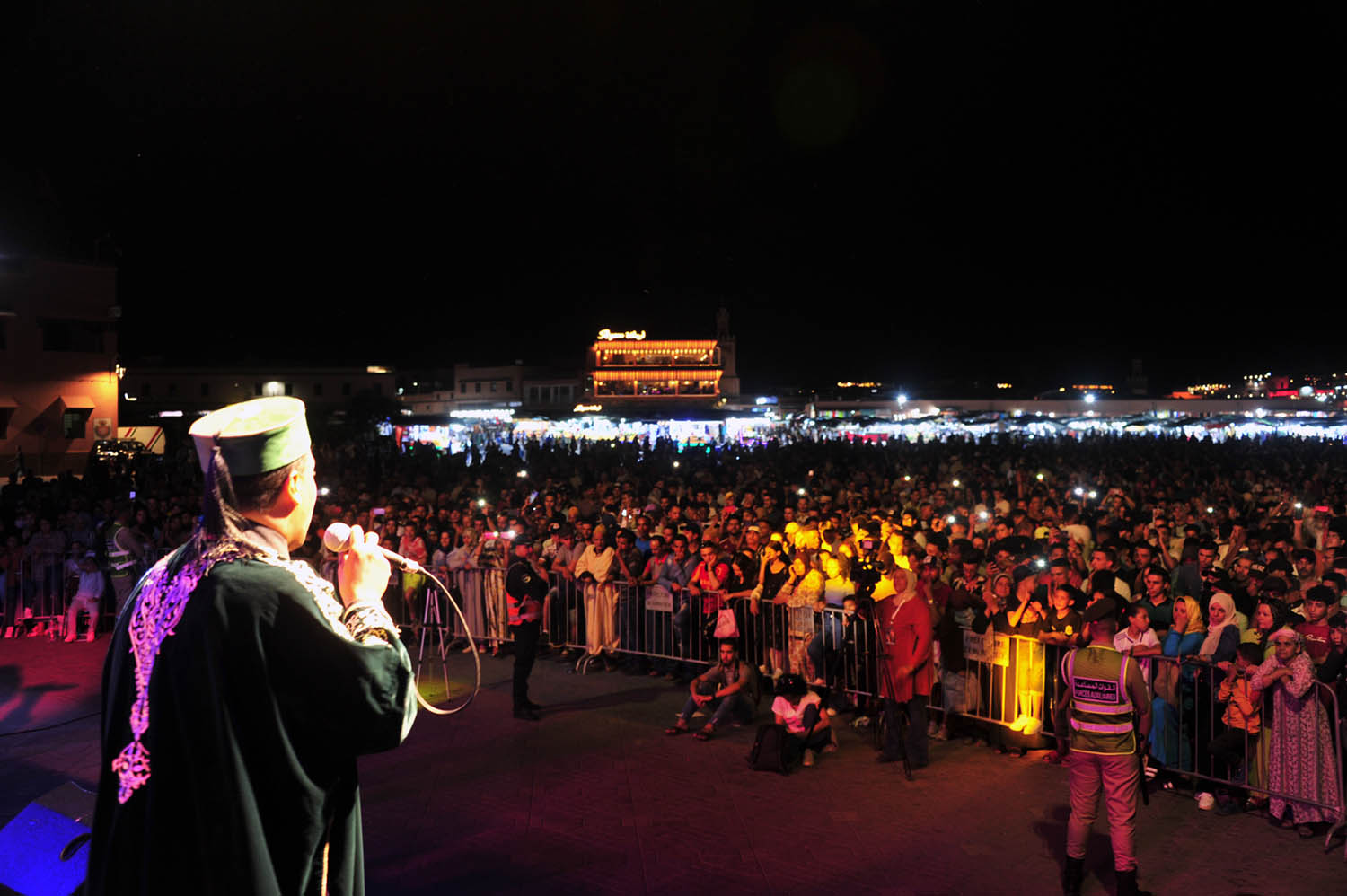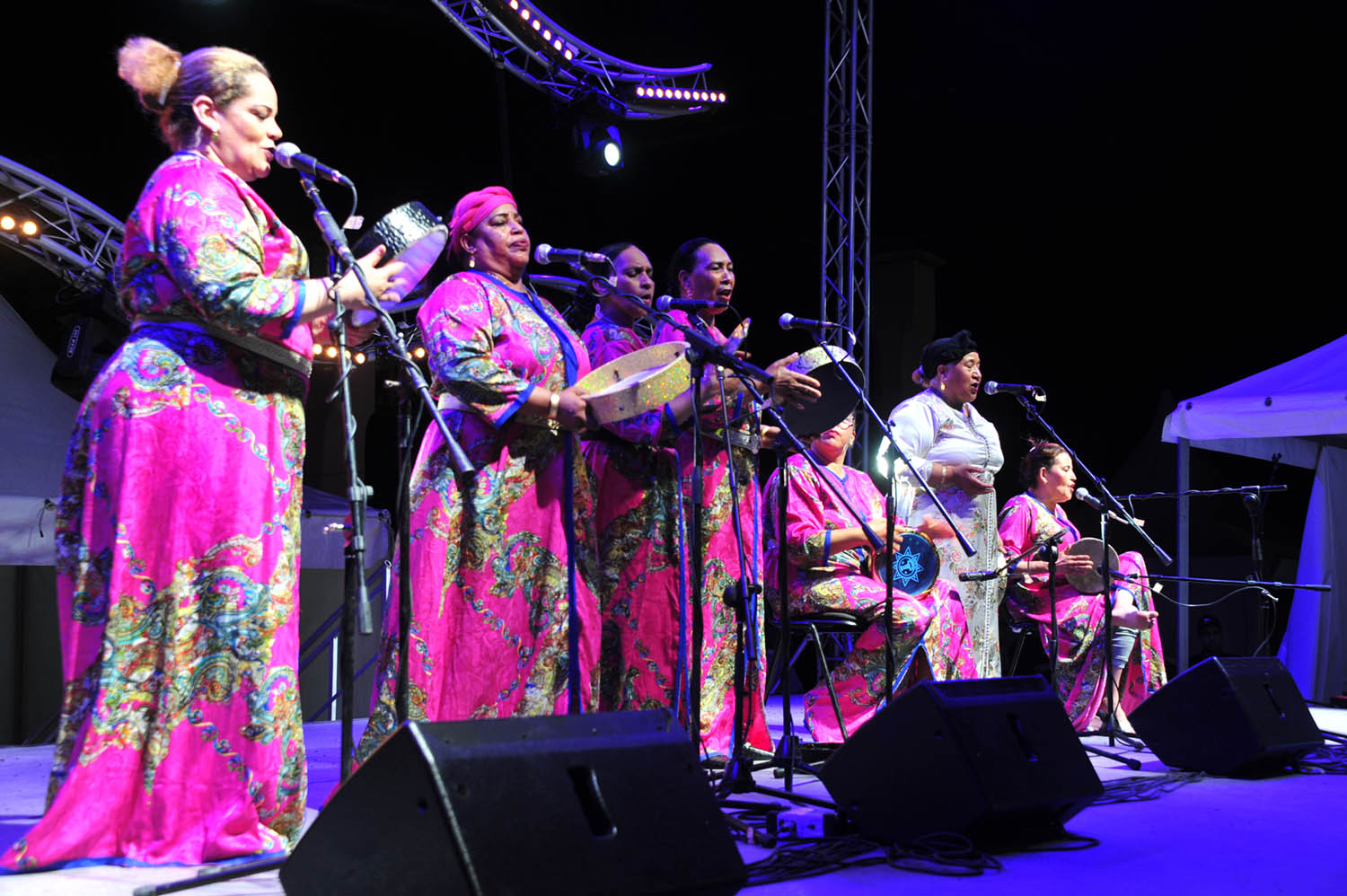
Marrakech dances to the rhythms of popular music
MARRAKECH - Spectators enjoyed on Sunday night an electrifying atmosphere in various venues of Morocco’s ochre city of Marrakech which is hosting the 51st edition of the National Popular Arts Festival (FNAP) after the two-year coronavirus pandemic lull.
Thousands of Marrakchis and tourists flocked to the iconic Jemaa Lfna square to watch several Moroccan troupes perform, including Ahwach Demnate, Tkitikat and Gnawa, braving the rising COVID-19 cases to come and watch the musicians
“This festival is a breather for us here in Marrakech. It’s a joy to watch this traditional folkloric music and dance to its vibes,” said Hanane, who came with her little daughter.
“We also came to come out of the bubble of our daily stress and battle with soaring fuel and food prices,” she added.
Mahfoud El Hussain, the head of Ahouach Afoulki band from El Houaz, thanked God for the resumption of the cultural activities after tough two years because of the pandemic.
“This is my third participation at the festival. The crowds have always been amazing and vibrant,” said El Hussain.
“Marrakech is a special place. The atmosphere, the organisation and the interaction with all other musicians from the whole country is priceless,” he added.
At El Harti square in the posh neighbourhood of Gueliz, the crowd was taken aback by a thrilling performance of Saida El Ghouli-led Laabat troupe from Marrakech.
“We have been part of this festival for almost 27 years…We want everybody to enjoy their time and laugh and happily leave,” said El Ghouli.

Back in Badii Palace, Ouled Hmad-ou-Mouss acrobats opened the show with acrobatic leaps and pirouettes.
Gnawa band led by Maallem Abdelkbir Marchane followed suit with spiritual songs, chants and tap dances with their traditional slippers as the sound of the gimbri (plucked lute), qraqeb (metallic castanets) and tbel (drum) roamed the Palace.
Among other performing troupes was Hait Tissa of Taounat which drew a tourist’s attention during their rehearsals.
“I saw the festival’s billboard in the street and decided to come. I would love to go and visit these guys in their town and ask them to teach me their dance,” said Matteo Fancesconi, an Italian tourist who came to Marrakech to study storytelling.
“I’m really in love with the way they move. There is so much energy and livelihood in the way they dance and jump,” said Fancesconi.
At the Royal Theatre, the entertainment ended on the beats of Dakka Marrakchiya mixed with Aissawa chants.
The 51st edition of the festival, which is organised by the Ministry of Culture and Communication and the Grand Atlas association July 1-5, is seeing the participation of dozens of traditional music troupes from across Morocco.
Declared by UNESCO a masterpiece of the intangible cultural heritage of humanity, the festival is privileged by its openness to all intercultural approaches.

